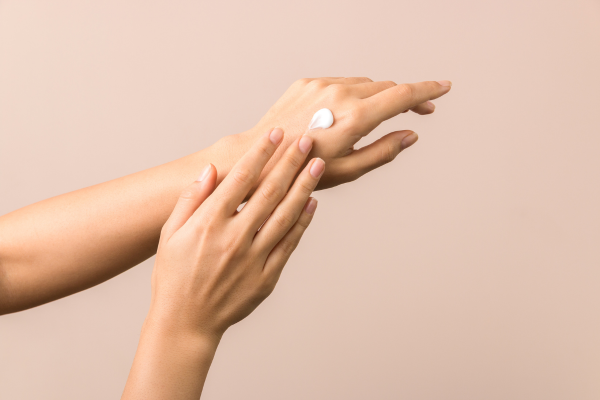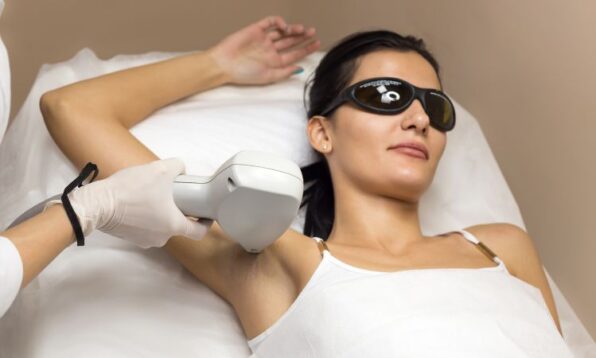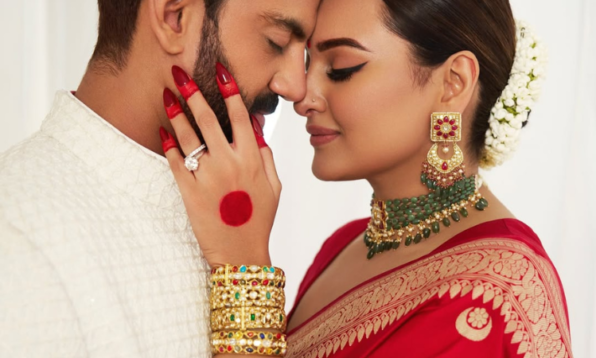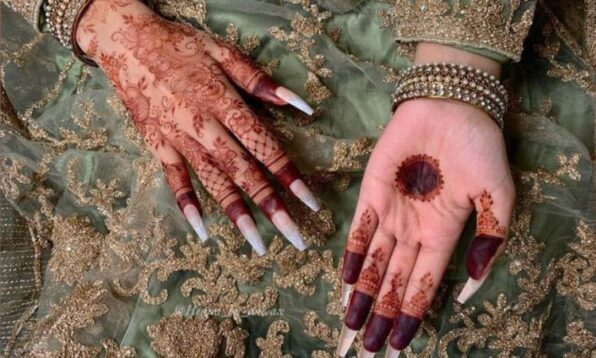Every bride dreams of looking flawless on her big day, and smooth, fuss-free skin is right at the top of that list. Between pre-wedding shoots, mehendi and sangeet functions, and the honeymoon that follows, the last thing you want to worry about is waxing appointments or pesky razor burns. That’s why so many brides-to-be are turning to laser hair reduction. But before you book your first session, it’s worth knowing exactly what the treatment does, how long it lasts, and whether it’s right for you. To know more about laser hair reduction, we spoke to dermatologist Dr Thalha who cleared up the biggest myths and shared practical advice every bride needs.
It’s reduction, not removal

First things first — let’s get the terminology right. Dr Thalha points out, “I always tell my patients the correct term is laser hair reduction, not removal. This distinction is crucial for setting realistic patient expectations.” The laser targets melanin in hair follicles during their active growth phase, effectively damaging them so they can’t regrow. The hair that is successfully treated is gone for good. But new follicles may become active over time thanks to hormonal changes, ageing, or genetics. Most patients experience 70-80 per cent permanent hair reduction after six to eight sessions, with 90 per cent maintaining results even a decade later.
How many sessions will you need?
Don’t expect smooth skin overnight — hair grows in cycles, and lasers only work when follicles are actively growing. That’s why multiple sessions, spaced weeks apart, are essential. Here’s a rough guide for different body areas:
- Face: six to 10 sessions (thanks to hormonal influence and finer hair)
- Legs, arms, underarms, bikini: six to eight sessions
- Chest and back: six to eight sessions, though men may need more
Sessions are usually spaced four to 10 weeks apart, depending on the area, and as your treatment progresses, the gaps between appointments often increase. Patients with PCOS or other hormonal conditions may need more sessions and maintenance, but when combined with medical management, satisfaction rates are high.
Is laser hair reduction safe for all skin and hair types?
With modern laser technology, skin tone is no longer a barrier. Dr Thalha shares, “With the latest technological advancements, laser hair reduction is now safe and effective for all skin and hair types.” That said, results are best on dark, coarse hair. Light brown hair responds well, red hair moderately, but very blonde, grey, or white hair is usually resistant due to insufficient pigment for the laser to target.
How to prepare your skin for laser hair reduction

Laser hair reduction is a part of your bridal prep. Four to six weeks before your session, avoid waxing or plucking, and minimise sun exposure. Shaving is perfectly fine, and actually recommended the day before your appointment. In the week leading up, pause retinoids, glycolic acid, and other strong skincare products. And on the day itself? Turn up with clean, product-free skin.
Hydration and diet also make a difference. Staying well-hydrated and loading up on vitamin C-rich foods helps your skin recover faster. Avoid alcohol, smoking, and excess caffeine as they can slow healing.
How to take care of yourself after laser hair reduction
The golden rule after treatment: be gentle. For the first few days, soothe your skin with cool compresses or fragrance-free moisturisers, and don’t forget SPF. Steer clear of saunas, hot showers, and chlorinated pools, and avoid applying makeup on treated areas for a few days. Redness or mild swelling is normal and usually settles quickly. Serious side effects, like scarring, are rare when the treatment is performed by trained professionals.
Bikini laser impact on fertility and the type of laser to choose

One question brides often ask: is bikini laser safe for fertility? Dr Thalha reassures, “Laser hair reduction in the bikini area targets only hair follicles, which lie just a few millimetres beneath the skin, and does not penetrate to reproductive organs.”
There is a variety of lasers — Alexandrite, Diode, Nd:YAG, Ruby, and IPL. Don’t worry about picking the “best” one. Your dermatologist will choose the right device based on your skin type, hair texture, and treatment goals. What matters most isn’t the machine, but the expertise of the person operating it.
Laser hair reduction isn’t magic, but it’s pretty close. It gives long-term smoothness, finer regrowth, and freedom from constant shaving or waxing. As Dr Thalha says, “Most patients find the dramatic reduction eliminates their need for regular shaving or waxing, making occasional maintenance sessions a worthwhile trade-off for long-term smoothness.”
For brides-to-be, it’s more than just a beauty treatment — it’s peace of mind. Start early, plan wisely, and step into your big day feeling confident, carefree, and absolutely radiant.
To connect with dermatologist Dr Mohammed Thalha for more personalised skin and hair care advice, find him here.
Featured Image Source
Related: Are Pimple Patches The Secret To Clear Skin? A Dermatologist Explains What You Have Been Doing Wrong

 Web Stories
Web Stories













